Soleus Muscle
Soleus Muscle Anatomy
In humans and some other mammals, the soleus is a powerful muscle in the back part of the lower leg (the calf). It runs from just below the knee to the heel and is involved in standing and walking. It is closely connected to the gastrocnemius muscle.
- Origin : fibula, medial border of tibia (soleal line)
- Insertion : tendo calcaneus
- Artery: popliteal artery, posterior tibial artery, peroneal artery
- Nerve: tibial nerve, specifically, nerve roots L5–S2
- Actions: plantarflexion
the soleus is responsible for pumping venous blood back into the heart from the periphery and is often called the skeletal muscle pump, peripheral heart, or sural (tricipital) pump.
Soleus strain Treatments may include:
Rest. Avoid walking or other activities that cause pain.
Ice. Putting ice on the injured area may ease swelling.
Elevation. Propping up your calf slightly above the level of your heart may lessen swelling.
Prescription or over-the-counter medicines. These help reduce pain and swelling.
Walking boots or crutches. Your healthcare provider may fit you with one of these devices to help you move with less pain.
Heel lifts. These are placed inside your shoes. When wearing them, your calf won’t stretch as much, easing pain.
Compression sleeve. You may need to wear one of these to decrease swelling and help prevent blood clots in your injured leg.
Strengthening and stretching exercises. Certain exercises can help you regain strength and flexibility in your calf.
Palpation of Soleus Muscle
To make sure the gastrocnemius stays relaxed when palpating the soleus, plantar flex the ankle while flexing the knee to 90 degrees. The Achilles tendon’s lateral and medial sides can then be used to palpate the lateral and medial portions of the muscle.
The majority of the muscle’s distal to proximal distance can be felt through palpation; however, if the gastrocnemius heads are large, it will be more challenging to feel the proximal attachments.
Soleus as an accessory muscle
Between 0.7 and 5.5% of people have it. It typically manifests in the second or third decade of life and is 2:1 more common in females than in males. For the most part, it is unilateral. This supernumerary muscle is situated in the posterior upper third of the fibula, between the posterior portion of the tibia and the fibular head, in the oblique soleus line, underneath the gastrocnemius muscle.
The ASM extends anteriorly and medially from its point of origin to the Achilles tendon. It can originate from five different sites, or it can be one of five types depending on where it is inserted. Achilles tendon originates from the area of the upper calcaneus, Insertion in the medial part of the calcaneus, medial calcaneus region, and upper calcaneus
Depending on the slices, it can occasionally be impossible to determine the exact origin and insertion of the ASM because the MRI cannot display all the details. It could hurt when you exercise. While a soft-tissue tumour like a lipoma, haemangioma, or even sarcoma may be suspected, the anomalous muscle appears typical on plain radiographs, and computed tomography provides a diagnostic image. Therapy is not necessary if the patient is asymptomatic; however, if exercise causes pain or other discomfort, fasciotomy or accessory excision may be necessary.
Exercises for the Soleus Muscle
Soleus exercises strengthen your calf and help prevent injuries. The soleus muscle is one of two muscles in your calf. The other is the gastrocnemius muscle. When your knee is bent, the soleus muscle is responsible for lifting your heel, allowing the toes to point downward. It also helps to control the movement of the ankle and knee as they bend.
Soleus Muscle Strengthening Exercise Video:
Body Weight Soleus Exercises:
One of the basic soleus exercises is calf raises, or standing heel raises, according to the American Council on Exercise. Begin this exercise with the ball of your foot on a step with your heel hanging over the edge. Slowly lower the heel until the ankle is fully flexed. Then raise up onto your toes, keeping the knee straight. You can perform this exercise with both legs or one leg at a time.
This exercise not only strengthens your soleus but also works the gastrocnemius muscle and increases the range of motion in your ankle. Start with one set of 10 to 15 repetitions and add additional sets as your strength increases.
Another exercise that helps to strengthen and lengthen the soleus is a deep bodyweight squat, advises the National Exercise Trainers Association. This is a functional exercise that allows the soleus to perform its function of supporting and controlling the bend of the ankle and knee.
Resistance Soleus Exercises:
There are several options to work your soleus using bands or weights. For example, try a seated heel raise with weights. This move is done with your knees bent, which deactivates the gastrocnemius, allowing the soleus to bear the load.
Begin sitting with the balls of your feet on a step in front of you. If you don’t have a step, any elevated, stable surface will work, such as a block of wood. Hold a set of weights and rest them on your knee for added resistance. Lower and raise your heel for 10 to 15 repetitions.
Resistance bands also allow you to add additional resistance to strengthen the soleus muscle. Begin seated on a mat with both legs straight in front of you. Wrap a resistance band around the balls of your fee. Keeping the band taught and your knees straight, flex your toes back toward your body as far as you can, then point your toes to work both the soleus and gastrocnemius. You can also perform this exercise with bent knees to isolate the soleus.
Warming Up and Stretching of Soleus muscle:
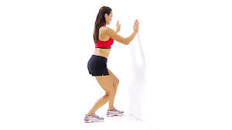
Whether you are doing soleus exercises, playing sports, or any other workout, warm up for five to 10 minutes before exercising. Walking or biking are good warm-up options. Cool down after your workout with five to 10 minutes of walking or biking at an easy pace. Finish by stretching your calf muscles.
Try the wall stretching exercise described by the American Council on Exercise. Stand one arm’s length away from the wall and place your palms on the wall just below shoulder height. Keeping your core engaged, step back with one leg. Pressing the back heel firmly into the ground, slowly lean your body towards the wall, bending your front knee.
Keep your back leg straight to stretch both the soleus and gastrocnemius muscles. To isolate the stretch to the soleus muscle, simply bend the back knee during the stretch, keeping the heel planted on the ground. Hold the stretch for 15 to 30 seconds and repeat two to four times on each leg.
Strengthening: Heel-raise training is an effective muscle training method for the soleus. The best way to activate your soleus involves plantar flexion or pointing your toes downward, while your knees are in a bent (preferably at or around 90 degrees) position. Bent knees during heel raises target the soleus.
Standing calf stretch (soleus)
Stand away from a wall put your fight foot behind you and be sure your toes are facing forward. Lean forward at the ankle while bending the right knee and keeping your heel on the ground. Because the knee is flexed, tension is taken off the gastrocnemius and placed on the soleus. Hold this for 30 to 60 seconds.
Clinical Importance
Soleus Pain
Pain in the soleus may indicate overuse or a soleus tear. Usually, affected patients say that the pain starts during exercise and becomes better with time. The ache frequently returns after the training. Three common sites are usually the calcaneal tendon and muscle belly transition, the lateral middle area, or the top of the muscle, which may radiate pain up into the sacroiliac area. It may be difficult to make the diagnosis of a soleus injury. MRI or ultrasound are typically utilized in addition to clinical symptoms and physical examination to identify muscle diseases.
In addition, sudden calf pain may be a sign of deep vein thrombosis (DVT), which is a medical emergency that carries a risk of pulmonary embolism (PE) and could be fatal. In addition to calf pain, DVT is frequently accompanied by calf edema and redness.
Pharmacotherapeutic drugs like warfarin, heparin, and factor Xa inhibitors are used in anticoagulation therapy. Compression stockings are applied as a prophylactic measure.
Soleus Strain/Rupture:
Soleus is considered low risk for injury in contrast to the gastrocnemius as it crosses only the ankle and is largely composed of type one slow twitch muscle fibres.
Full or partial rupture of the soleus muscle usually occurs when the calf muscle becomes stretched while it is contracting (eccentric contraction). Partial ruptures represent the majority of the ruptures. The rupture occurs in many instances at the point of attachment of the soleus muscle to the Achilles tendon, which will often trigger an inflammation of the Achilles tendon as a result of the soleus rupture.
Symptoms: Pain when activating the calf muscle (running and jumping), when applying pressure on the Achilles tendon approx. 4 cm. above the anchor point on the heel bone or higher up in the calf muscle, and when stretching the tendon. Walking on tip-toe will aggravate the pain.
In all cases when there is a sense of a “crack”, or sudden shooting pains in the Achilles tendon, medical attention should be sought as soon as possible. Ultrasound scanning or MRI examination is used to advantage when making the diagnosis, as even full ruptures can easily be overlooked by normal clinical examination.
Soleus Syndrome
Another cause of medial pain (posteriomedial aspect of the ankle) just above the medial malleous is soleus syndrome. It occurs because of abnormal slipping of the soleus muscle from its normal origin site and is similar to exertional compartment syndrome and commonly seen in dancers and athletes. Respond well to conservative treatment and if not then rarely fasciotomy of the soleus insertion may be required.
FAQ
What does the soleus muscle do?
Soleus serves two main purposes: To function as bone: It is a strong plantarflexor and plays a significant role in running, walking, and dancing, together with other calf muscles. In addition, it is a significant postural muscle that prevents the body from collapsing at the ankle when in a stance.
Why is the soleus called the second heart?
Your calf muscles act as your “second heart,” pulling veins in your lower limbs to assist in bringing deoxygenated blood from your feet back up toward your chest.
Is soleus exercise good?
The soleus muscle uses a distinct fuel mixture when it is properly activated, which allows it to sustain high levels of local oxidative metabolism for hours rather than just minutes. In contrast to standing or walking, the soleus muscle is activated differently during a soleus pushup.
Does walking work the soleus muscle?
Ankle plantar flexors in humans, namely the lateral gastrocnemius (LG), medial gastrocnemius (MG), and soleus (SO), are essential for movement. When walking or running, these muscles work together to provide the majority of the effort required for the body’s forward motion and vertical stability.
Is the soleus the Achilles?
A sizable muscle on the rear of your lower thigh is called the soleus. As a component of the Achilles tendon, this strong muscle connects to your heel bone from the rear of your shin bone. Walking, running, and jumping are exercises that activate the soleus muscle.

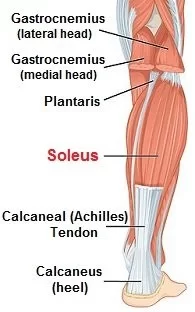
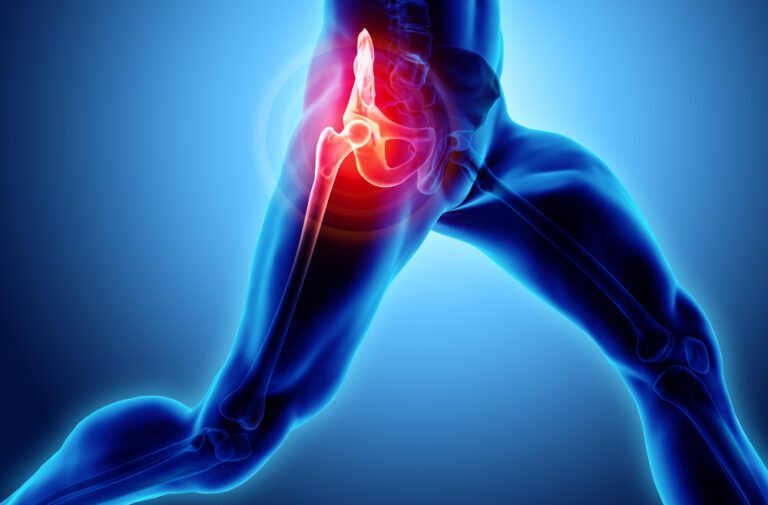
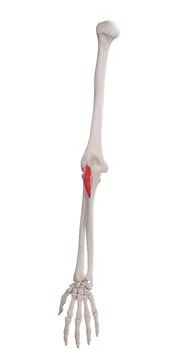
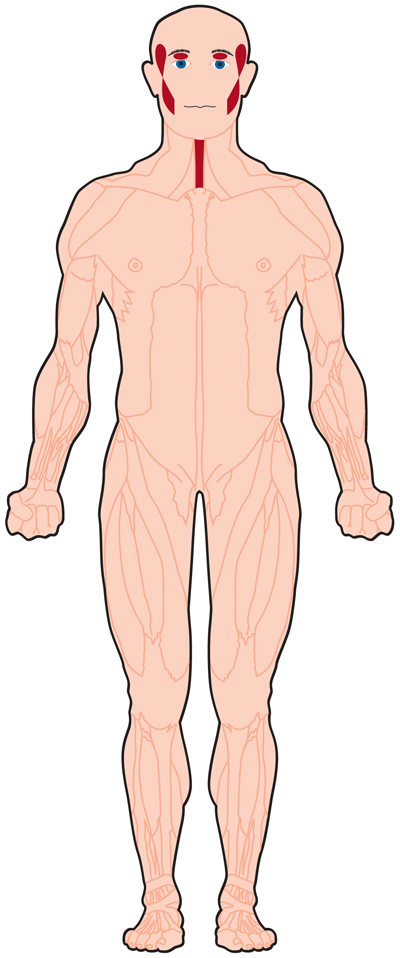
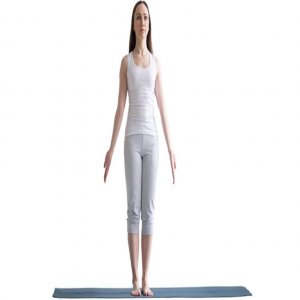


9 Comments